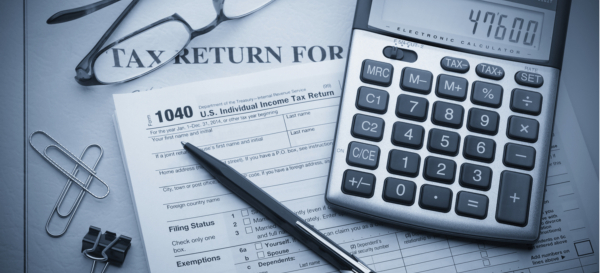Taxpayers must submit an income tax return to the government, commonly once a year, in order to disclose their earnings, deductions, and tax liabilities. Filing ITR allows you to calculate the amount of tax due to the government or the prospective tax refund from tax-saving investments. After filing your income tax return, you can employ the following tactics to maximise your tax returns, according to different tax experts.
Dr. Suresh Surana, Founder, RSM India
Income tax refund usually arises when taxes paid are greater than the actual tax assessed. In order to maximise tax refunds, the taxpayers may opt for the following:
(i) Claim all the available Deductions/ Exemptions
Every taxpayer should make an effort to claim all the eligible deductions and exemption at the time of furnishing their tax returns so as to enable them to reduce their tax liability to minimum and accordingly maximise their tax refunds, if any.
(ii) Reconcile all the differences in TDS/ TCS with Form 26AS/ Annual Information Summary (AIS)/ Tax Information Summary (TIS)
One of the main reasons for issuance of refunds is excess tax paid on account of TDS and TCS. Thus, any discrepancy in the amounts of TDS and TCS as per the revenue authorities records and the taxpayer’s records may result in lower refunds to the taxpayer. Thus, taxpayers need to reconcile any difference in the TDS/ TCS as per their tax records and as per Form 26AS/ AIS/ TIS.
(iii) Revalidate the Bank account details
The taxpayers should ensure that the bank details (such as account no., IFSC Code, etc.) are correctly provided at the time of furnishing the tax return. Thus, the bank details should be properly validated by the taxpayer.
(iv) Duly E-verify the tax return
Any tax return which is not e-verified would be considered as a defective return and no refund would be furnished in such case. Thus, every tax return should be duly e-verified within 30 days from the date of furnishing the return.
(v) Check for any adjustment of refund for the year against any outstanding demand for any previous financial year/s
At times, the revenue authorities may adjust the refund for the current year against previous year’s outstanding demand. Thus, the taxpayer must keep a track of any Intimations issued u/s 245 of the Income Tax Act, 1961 (hereinafter referred to as ‘the IT Act’) for intimation of any such refund adjustment… Read More
Source By: livemint










